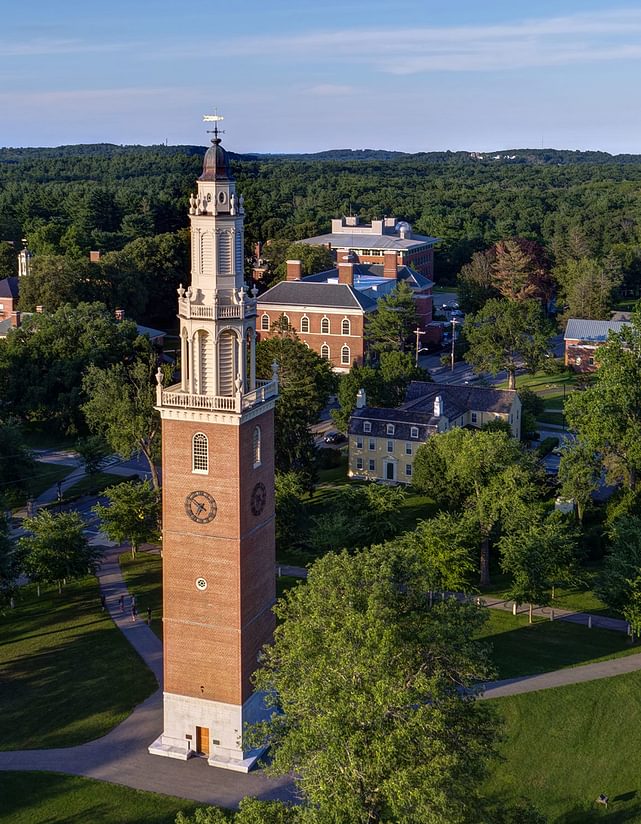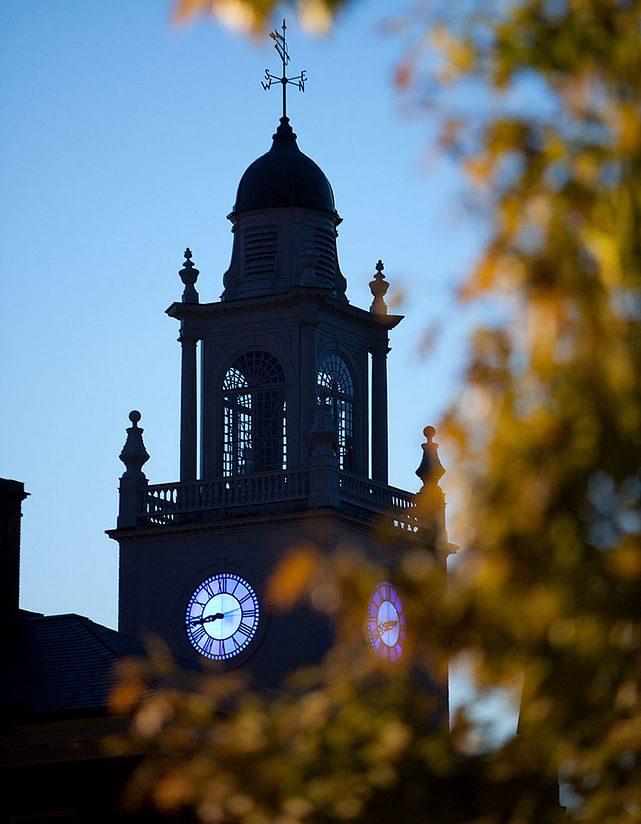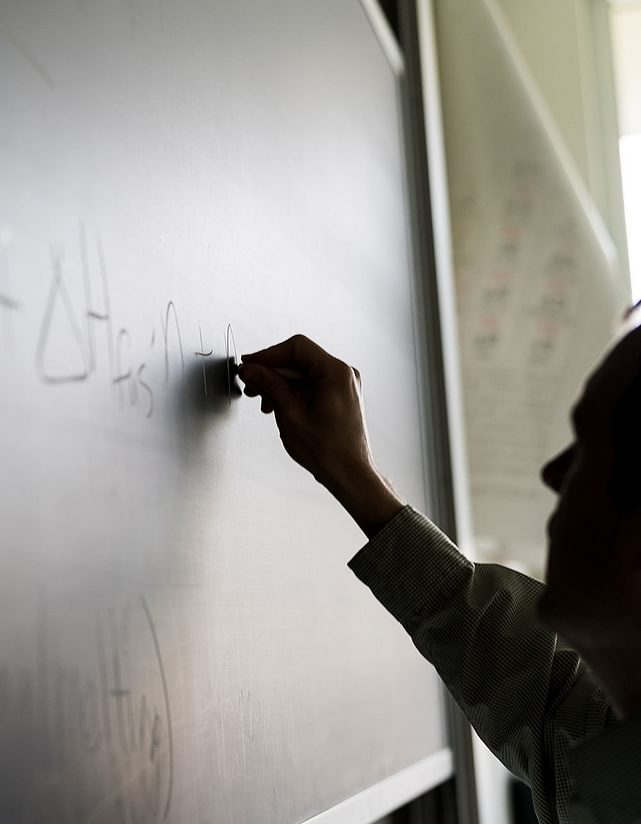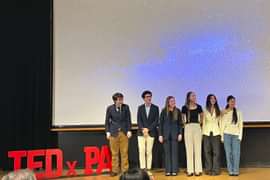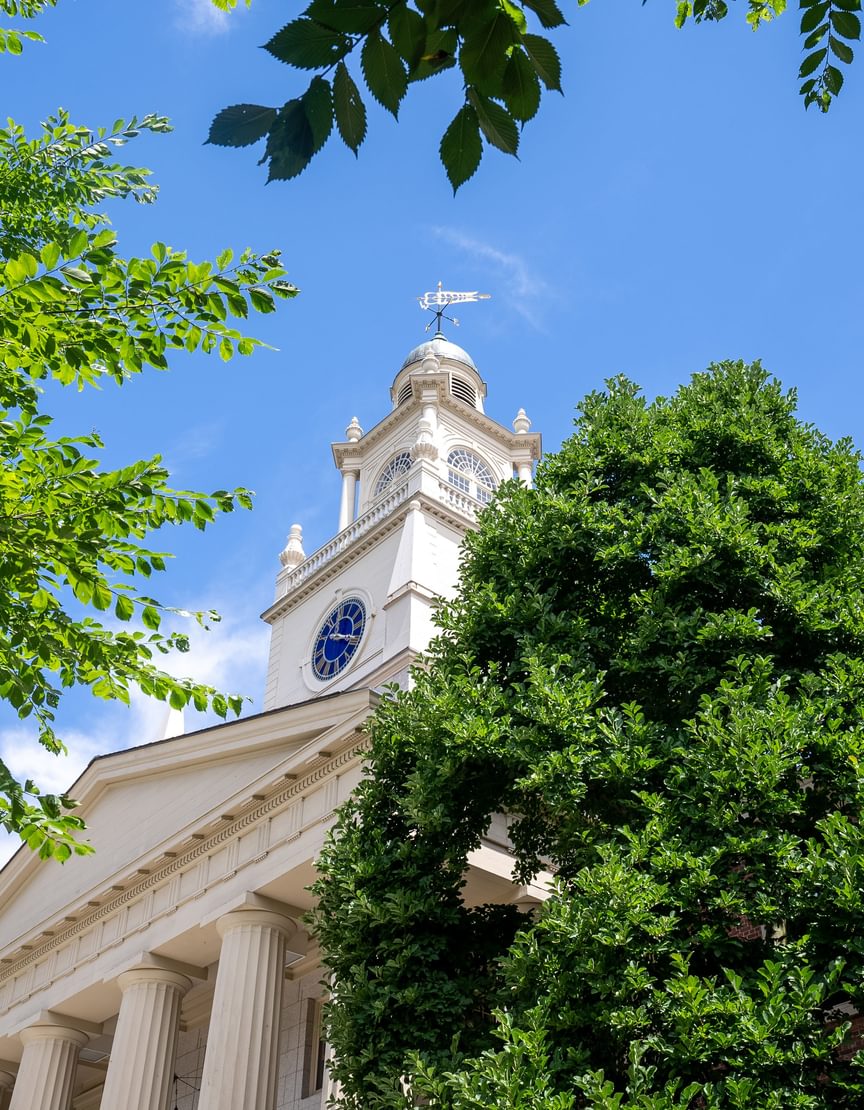
December 05, 2024
Inside the Andover Endowment
Transparency is the key word in a conversation with three of its present-day architects.The story behind the school’s endowment can often seem a bit opaque—even if the impact of this resource remains ever prominent. Here, transparency is the key word in a conversation with three of its present-day architects: Board President Amy C. Falls ’82, P’19, ’21; Investment Committee Chair Gil Caffray ’71, P’20; and CIO Kirsten Glantz.
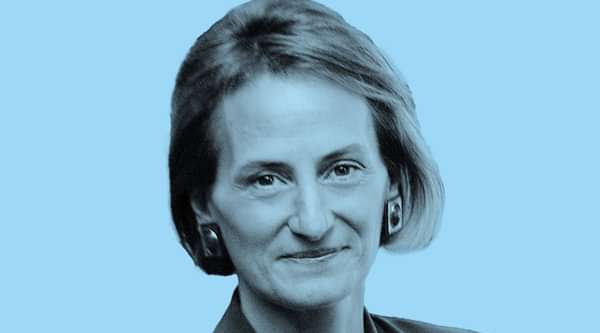
Why do schools have endowments and, in simple terms, how does the Andover endowment work?
Amy C. Falls: Endowments provide the resources schools like Phillips Academy need to pursue excellence and access. Without an endowment, our tuition would likely be close to $120,000. And we don’t want to be a school that only caters to people who can pay that kind of tuition, nor do we want to shortchange our faculty, our buildings, and the quality of our education.
The endowment serves as a permanent source of funding. Tuition and annual giving make up the difference. But the problem with that is if the economy slows down or for some reason there’s a disruption in people’s ability to give annually, that can result in ups and downs in the school’s finances. Therefore, the endowment provides a stable source of long-term financing that allows the school to follow its mission.
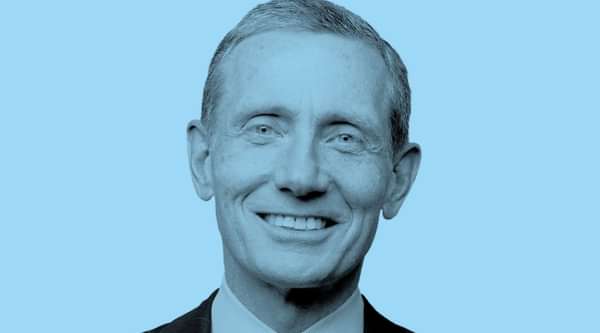
What benefits does our endowment afford PA compared to those of other institutions?
Gil Caffray: Most people assume that with an endowment over $1 billion that we have resources to address our current and long-term needs. Unfortunately, we have an endowment that is still undersized to fulfill Andover’s aspirations. We need to be prudent fiduciaries to balance resource management for operations, educational excellence in staffing and programming, and world-class facilities.
The Board of Trustees in 2007 strategically chose to be a leader in need-blind admission, attracting the best and the brightest from around the world based on merit alone. Because of our endowment, which elevates every aspect of today’s PA education, we are able to underwrite this challenge.
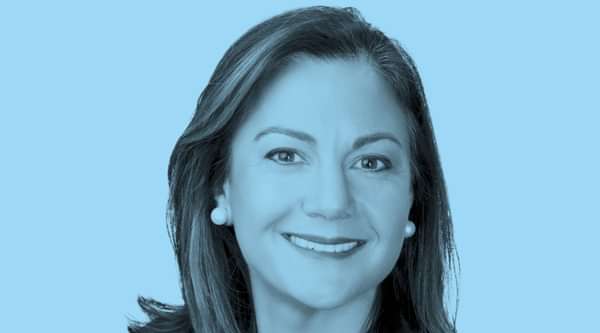
What steps are taken to safeguard the endowment while ensuring growth?
Kirsten Glantz: Since 2005, the endowment has been run by the school’s own Investment Office, which currently includes a team of five investment professionals, an operations associate, and an office manager, all based in New York. It’s overseen by an Investment Committee, which comprises 11 alumni members with investment expertise, including six current board members and five non-board members.
Each year, the Academy draws about 5 percent of the value of the endowment to support funding annual expenses. An important investment goal for the endowment portfolio is that over the long term, real returns (that is, the excess of nominal reported returns above inflation) equal or exceed the amount drawn from the endowment annually. This ensures that the real purchasing power of the endowment can be maintained or increased over time. Therefore, maintaining a diversified portfolio—properly risk managed to mitigate severe losses during market drawdowns—is an important component in the mostly equity-oriented exposure.
The Investment Office and the Investment Committee work in unison to ensure these goals are met, convening at least four times a year to review different topics, including fiscal-year performance, marketable investments, and private non-marketable investments. The Investment Committee approves the recommended long-term asset allocation, as well as every specific investment recommendation made by the team.
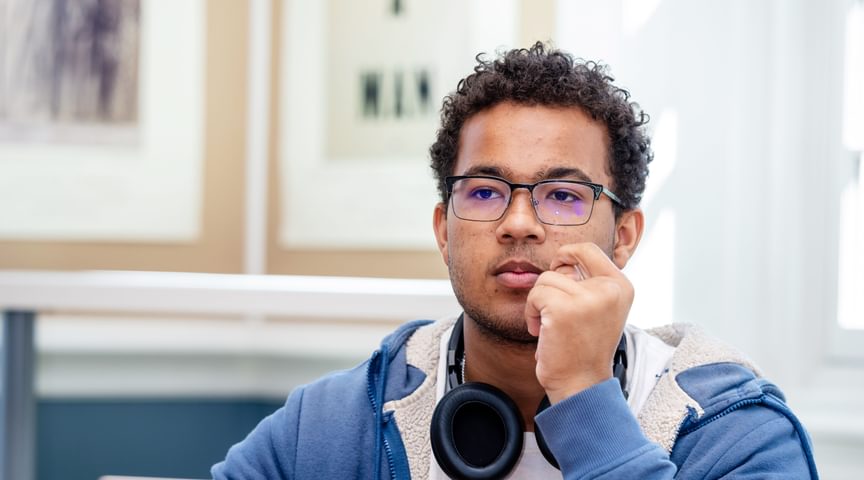
What happens when the endowment posts a substantial loss, like in fiscal years 2009 and 2022? Do we withdraw less than we typically would?
Caffray: We must fund our current needs, but we do have mechanisms to navigate drawdowns. We use a 13-quarter average of the endowment’s value to smooth our outlays. In extreme situations we may need to defer capital expenditures.
Falls: This ensures we don’t slam on the brakes in terms of funding the Academy’s needs, and it protects our endowment as well. Sometimes, to keep going with certain projects, we borrow money so that we don’t have to liquidate out of the endowment. In 2009, that turned out to be a really smart thing to do, as we’ve paid that debt down considerably. Through such combined efforts, we always aim to drive Andover through volatility in as stable a way as possible.
How much of the school’s annual budget comes from endowment spending—and why can’t PA simply increase that amount?
Glantz: Andover has a high budgetary reliance on the endowment draw. Historically, endowment draw has provided funding for about 45 percent of annual expenses on average over the last decade. Determining how much to spend is a delicate balancing act. Spending too little currently, or over time, wastes important opportunities to bolster the Academy’s preeminent position—and to ensure offerings, compared to those of its peers, remain excellent. However, if too much is spent from the endowment today and we forgo earning expected future returns on that redeemed capital, then future generations will suffer.
We always aspire to more—to do better, to do good things.
”What role does philanthropy play in the endowment’s overall health and the school’s ability to further its priorities?
Falls: We are constantly receiving new gifts to the endowment and, in truth, we need to be. In the Knowledge & Goodness campaign, donors to the endowment helped secure our commitment to need-blind admission for the coming decades. Going forward, I could see similar pushes to more fully underwrite our exceptional faculty and the teaching profession, for instance.
Caffray: I second Amy’s perspective here—we’re deeply reliant on the kindness of all our alumni and families. We have an intergenerational pact to build on the largesse that has established our endowment. Having a clear vision of financial sustainability allows us to fulfill that goal.
What else should alumni and families know about this critical resource?
Falls: We have creative people in every corner of our community and an expansive institution. We always aspire to more—to do better, to do good things. As we look after the endowment, we consistently balance this aspiration with prudence, but I think that’s a good and healthy tension. I feel very confident we are pushing and drawing at the edge of what is prudent, but not over it. That’s the right place to be for our mission—and for our students.
For more on the school’s endowment performance, please visit andover.edu/AnnualReport.
